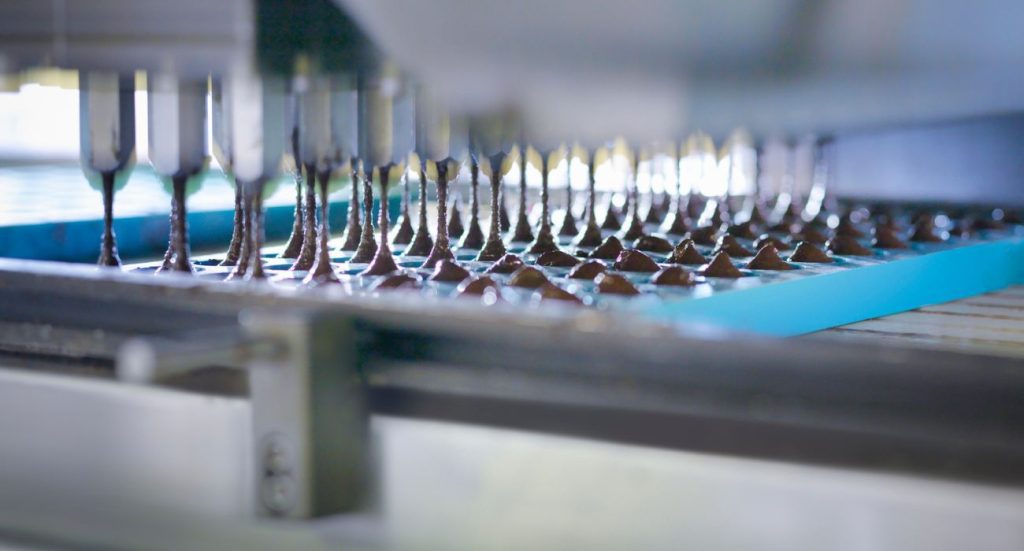A virus that is affecting cacao trees in West Africa might put the world’s chocolate supply at risk, as chocolate is made from the seeds of these trees.
Around half of the world’s chocolate comes from West Africa, mainly from Ghana and Cote d’Ivoire. However, the cacao swollen shoot virus disease (CCSVD) has led to harvest losses of 15-50% in recent years. news release from EurekAlert!
Scientists have been trying to develop crops that are more resistant to this virus since the 1930s, but have not been successful, according to the National Library of Medicine. resistant to this virus for decades — since the 1930s — but efforts to do so have been unsuccessful, according to the National Library of Medicine.
This virus is spread by mealybugs, small insects that consume the buds, flowers, and leaves of cacao trees.
“The infection occurs when mealybugs acquire the virus from infected cacao or alternative host plants and deposit them in healthy cacao plants during feeding,” explains a research study on cacao sustainability published by PLOS ONE.
Benito Chen-Charpentier, a math professor at the University of Texas at Arlington and author of the study, along with researchers from the Cocoa Research Institute of Ghana, Prairie View A&M, the University of Kansas, and the University of South Florida, began this study to find a way to slow the spread of the virus.
“This virus is a real threat to the global supply of chocolate,” said Chen-Charpentier. “Pesticides don’t work well against mealybugs, leaving farmers to try to prevent the spread of the disease by cutting out infected trees and breeding resistant trees. But despite these efforts, Ghana has lost more than 254 million cacao trees in recent years.
Farmers can protect the trees from the virus by giving them vaccines, but the vaccines are expensive, and trees that have been inoculated tend to produce a smaller harvest of cocoa.
The researchers in the study developed a new strategy to vaccinate a limited number of trees within the group of cacao trees.
“Mealybugs have several ways of movement, including moving from canopy to canopy, being carried by ants or blown by the wind,” Chen-Charpentier said, per the news release. “What we needed to do was create a model for cacao growers so they could know how far away they could safely plant vaccinated trees from unvaccinated trees in order to prevent the spread of the virus while keeping costs manageable for these small farmers.”
The scientists used mathematical patterns to create a pair of models that would allow farmers to create a perimeter of trees vaccinated against the virus around trees that are not. These models would reduce the ability for mealybugs to jump from one tree to another spreading the virus.
“While still experimental, these models are exciting because they would help farmers protect their crops while helping them achieve a better harvest,” Chen-Charpentier said. “This is good for the farmers’ bottom line, as well as our global addiction to chocolate.”
In West Africa, poor cocoa harvests have made cocoa beans more scarce globally, leading to a surge in cocoa product prices. According to Bloomberg, cocoa prices are at their highest. most unstable in nearly 50 years as traders exit the market.
Cocoa futures have increased by approximately 160% already this year. On Wednesday, the price jumped by as much as 5.2% to $10,985 a ton, resulting in the highest 60-day level of instability since the 1970s, the outlet reported.



